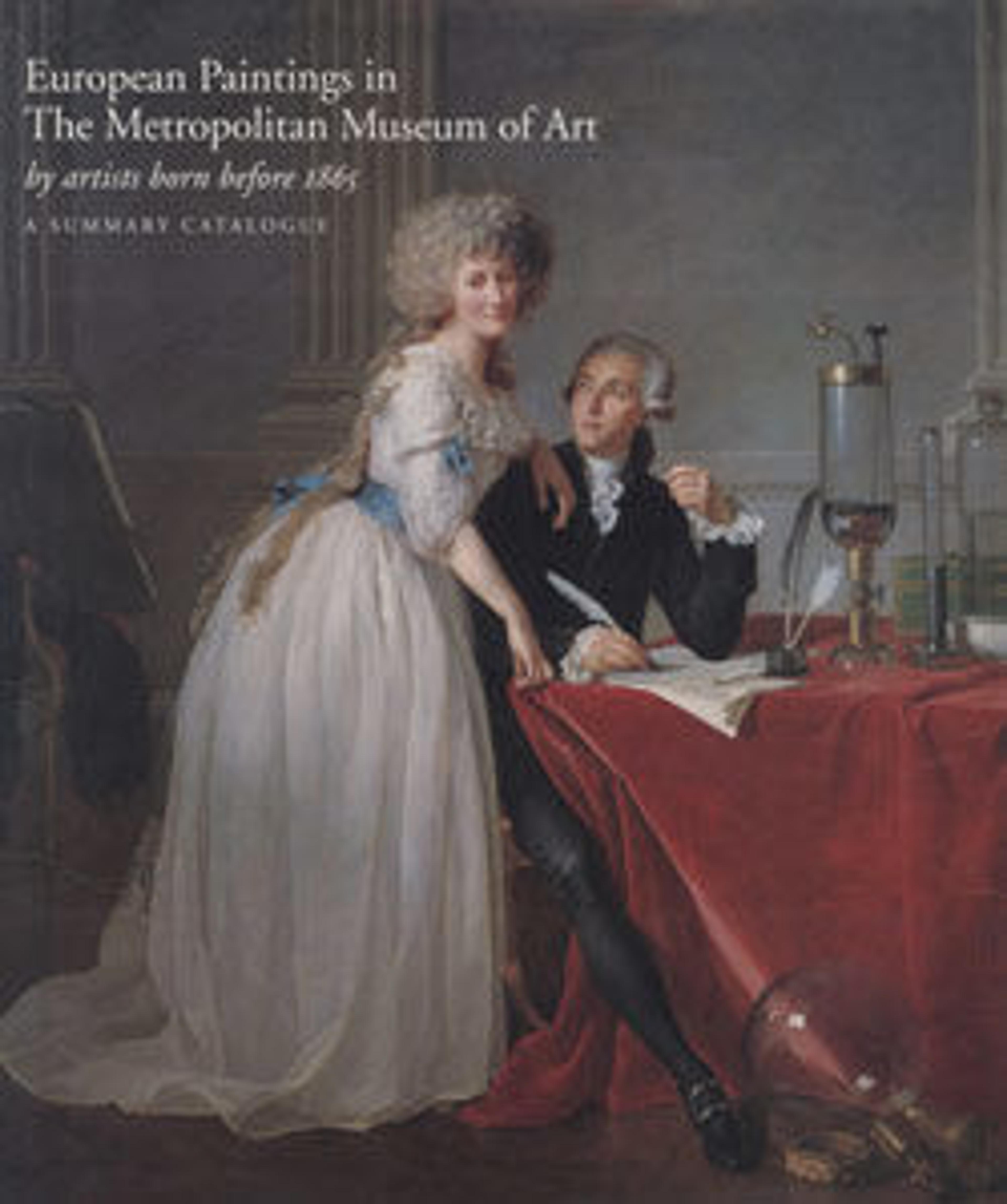Madonna and Child
Bachiacca was a friend and associate of Andrea del Sarto, and collaborated with him and Francesco Granacci on a memorable series of paintings for a bedroom in Florence. This devotional painting shows the Madonna and Child amidst a selection of carefully depicted flowers—jasmine, cornflower, rose, and sweetbriar—all of which were symbols of the Virgin or Christ in the Renaissance. The composition, also the basis for paintings by Granacci, one of which is exhibited in this gallery, was inspired either by a relief sculpture by Donatello or, more likely, a drawing by Michelangelo, with whom both painters were acquainted.
Artwork Details
- Title: Madonna and Child
- Artist: Bachiacca (Francesco d'Ubertino Verdi) (Italian, Florence 1494–1557 Florence)
- Date: possibly early 1520s
- Medium: Oil and gold on wood
- Dimensions: 34 1/4 x 26 1/2 in. (87 x 67.3 cm)
- Classification: Paintings
- Credit Line: The Jack and Belle Linsky Collection, 1982
- Object Number: 1982.60.10
- Curatorial Department: European Paintings
More Artwork
Research Resources
The Met provides unparalleled resources for research and welcomes an international community of students and scholars. The Met's Open Access API is where creators and researchers can connect to the The Met collection. Open Access data and public domain images are available for unrestricted commercial and noncommercial use without permission or fee.
To request images under copyright and other restrictions, please use this Image Request form.
Feedback
We continue to research and examine historical and cultural context for objects in The Met collection. If you have comments or questions about this object record, please contact us using the form below. The Museum looks forward to receiving your comments.
